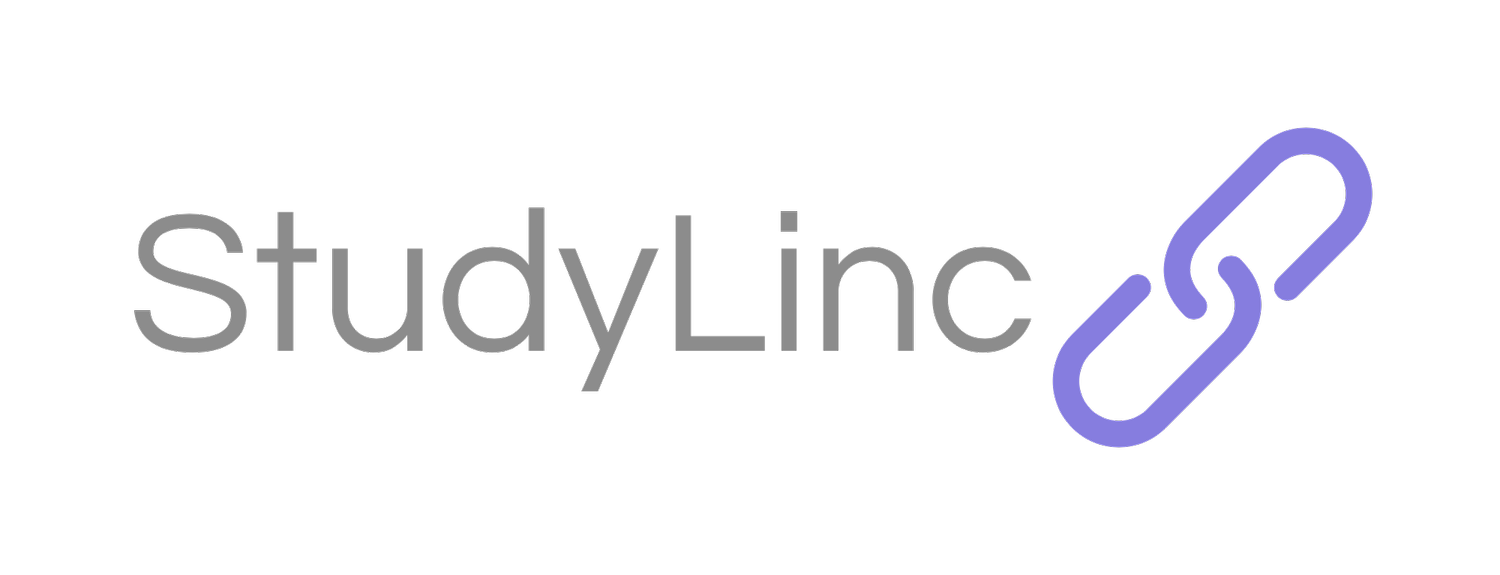Emotion Focused Individual Therapy (EFiT) emphasises the importance of processing and expressing emotions to achieve resolution.
Is suitable for:
Depression
Anxiety
Trauma
(Use CBT as first-line treatment instead)
EFit:
Strengths of EFit:
Emotional regulation issues
Relationship stress
Is not suitable for:
Creates a safe environment where clients can explore and express emotions for you, leading to increased self-awareness, acceptance, and personal growth
Considers core, emotions such as anger, as pivotal frameworks that guide our perceptions and interactions in the world
Sees emotions as the primary motivational system
Argues that emotional change is central to lasting change
Goals of EFit:
Clients are helped to better identify, experience, express, accept, regulate, explore, make narrative sense of, transform, use, reflect on, and inflexibly manage their emotions.
To be able to tolerate previously avoided emotions
To access important information that emotions contain about their needs, goals and concerns
To be able to discriminate between healthy and maladaptive emotions
Stages of EFit:
Engagement and assessment
Building a therapeutic alliance
Understanding the client’s emotional landscape
Emotional awareness and expression
Encouraging clients to identify emotions and explore underlying feelings
Processing difficult emotions is aided by calming exercises, grounding techniques, and validation of the client’s emotional experience
Regulation and transformation
Assisting in regulating intense emotions
Guiding the transformation of maladaptive emotional patterns
Consolidation and integration
Integrating new emotional insight into daily life
Can lead to a deeper understanding and resolution of underlying issues
Can be adapted to various mental health issues, including interpersonal problems
Allows the tailored approach that aligns with individual needs and goals
Acknowledges the interplay between thoughts, emotions, behaviours, and physiological responses
Can lead to lasting change and improvement in well-being
Limitations of EFit:
Requires extensive training and expertise
Time consuming
Some clients may initially resist exploring emotions
The evidence base for EFiT is still developing
Relies heavily on the therapist’s ability to create a safe environment
In CBT change happens by working through automatic thoughts
In EFiT change happens by accessing processing and transforming emotions
EFiT is more experienced based on CBT


